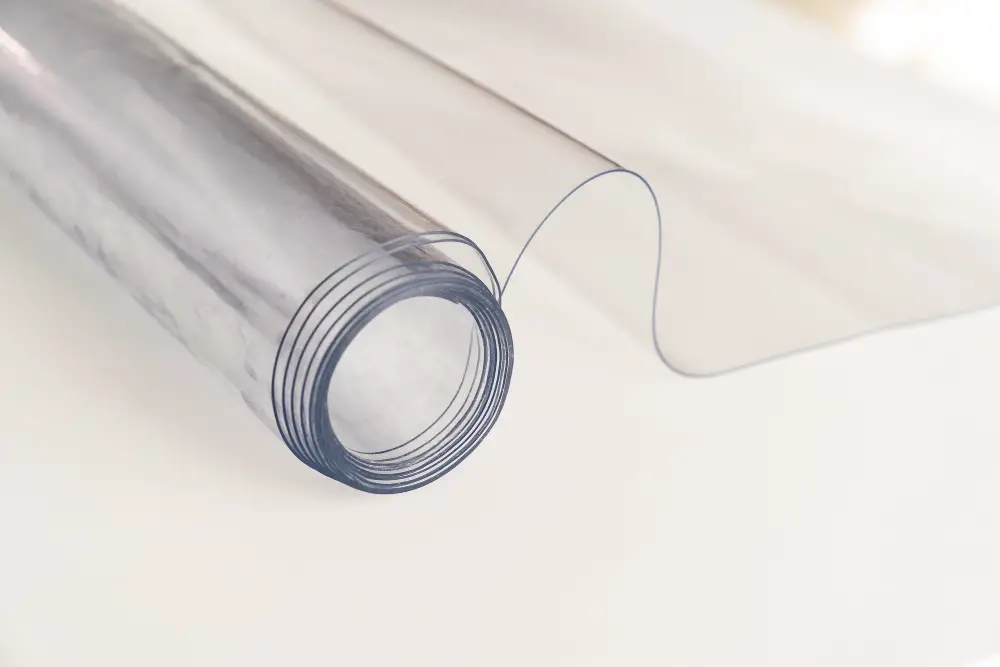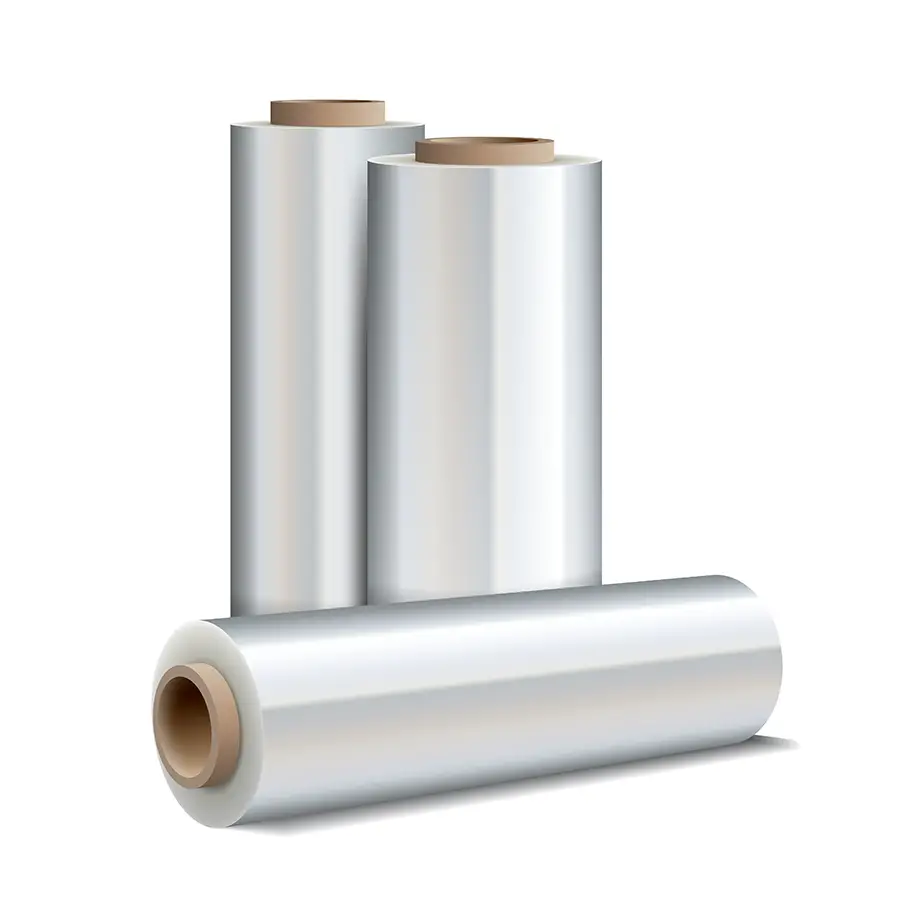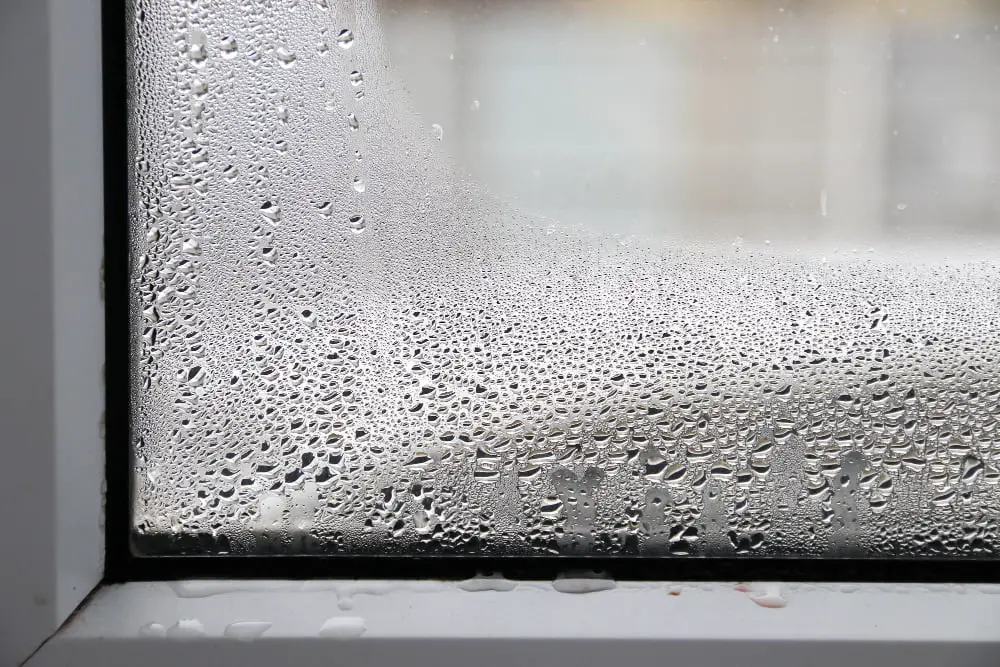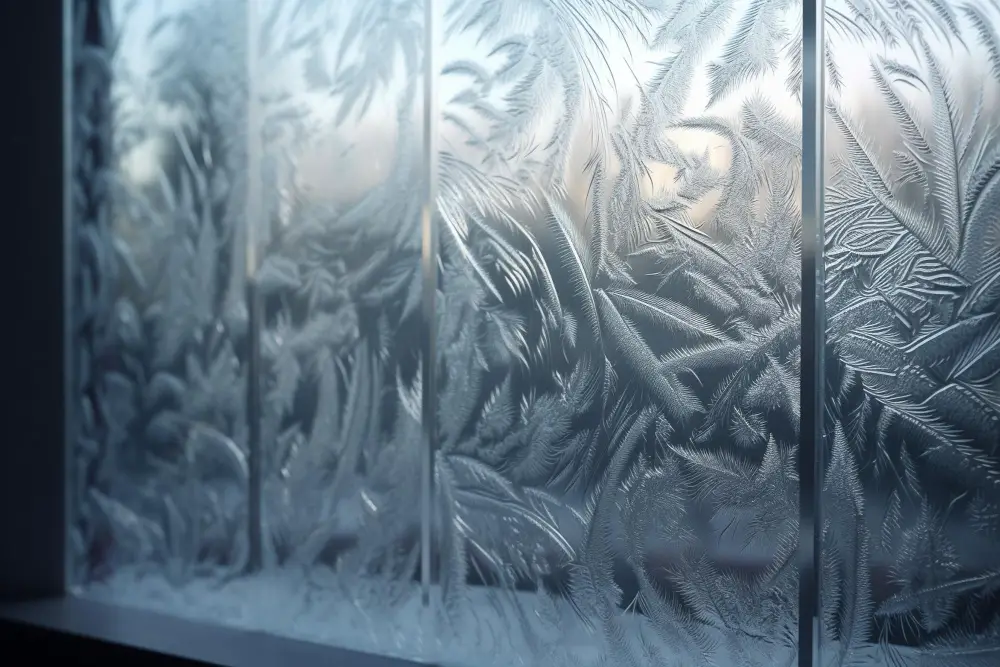Explore the myriad benefits and uses of heavy-duty plastic as a cost-effective, versatile solution for window coverage.
Heavy-duty plastic is an excellent solution for covering windows, providing both protection and insulation. This versatile material is commonly used to shield windows from harsh weather conditions, prevent heat loss during winter, and even as a temporary fix for broken panes.
In this article, we’ll delve into the specifics of choosing the right type of heavy-duty plastic, the installation process, and the advantages it offers. Whether you’re looking to weatherproof your home or simply seeking an effective temporary solution for a damaged window, this comprehensive guide will provide you with all the details you need.
Key takeaways:
- Heavy-duty plastic is effective for window coverage and insulation.
- It provides protection against weather, UV rays, and noise.
- Installation involves cleaning the window and securing the plastic with tape.
- Types include static cling film, shrink film, and security films.
- Benefits include cost-effectiveness, easy installation, and extra glass protection.
Understanding Heavy Duty Plastic for Windows and Its Uses

Heavy-duty plastic window coverings offer an additional defense against various environmental factors. They serve as buffers against high winds, shield your interiors from potent UV rays, and help maintain indoor temperatures by blocking out cold drafts or intense heat.
Additionally, they are widely used during home renovations to protect windows from paint splatters and construction debris.
Residents in hurricane-prone regions can benefit from these sturdy coverings as they provide an extra layer of security. If your windows aren’t double-glazed, using this type of covering can effectively reduce heat loss during winter. And for those living in excessively sunny locales, heavy-duty plastic sheets can limit UV exposure, reducing potential damage to upholstery and other materials susceptible to color fading.
In terms of application, it’s relatively straightforward:
- Clean your window thoroughly before starting; a mix of mild soap and water usually does the trick.
- Cut the heavy-duty plastic sheet, ensuring it is slightly larger than your window frame.
- Secure the four corners of the sheet to the window frame using weather-resistant tape, pulling it taut to prevent sagging or bubbling.
- Overlap tape along the edges for additional hold and seal for better insulation.
Remember, while useful and effective in the short-term, these aren’t replacements for professional window solutions. If extreme weather conditions are a common occurrence, consider upgrading to hurricane-resistant windows or energy-efficient models instead.
Exploring Various Types of Heavy-duty Plastic for Window Covering

Heavy-duty plastic covers for windows can be grouped largely into three categories.
The first type is the static cling window film which needs no adhesive and molds to the window due to static electricity. It is easy to install and remove, with UV protection and privacy as its main features.
The second type is the shrink film – the most common option. Application involves attaching the plastic to the window frame with double-sided tape, then heating the film with a hairdryer to shrink it, tight against the glass. This creates a solid barrier against drafts and improves insulation.
The third category is security window films, constructed with several layers of heavy-duty polyester film, bonded together by special adhesives. These films offer increased protection against impact, reducing the risk of shattering.
Each of these heavy-duty films comes with their unique features and installation methods. It’s important to consider each option carefully before making a decision, taking into account factors such as your specific needs, window design, and budget.
The Advantages and Disadvantages of Using Heavy Duty Plastic Window Coverings

On the positive side, these covers provide excellent insulation, bringing down heating and cooling costs significantly. They create a barrier against drafts and prevent heat from escaping during winters and block out heat during summers. They are also an effective way to reduce noise pollution in busy areas.
Heavy-duty plastic covers are cost-effective in comparison to installing double-glazed windows. Their affordable nature makes them pivotal for renters and homeowners on a budget. They can be installed easily with minimal tools and know-how. Moreover, they offer an extra layer of protection against damage to the window glass.
However, it’s important to mention that there are some limitations as well. While they offer protection, these covers aren’t long-term solutions like actual, well-constructed windows. Their aesthetic appeal is less pleasing than traditional window options. Over time, you may notice a slight yellowing or cloudiness due to weather exposure. Also, they do not provide as much natural light and visibility as regular glass windows. Regular adjustments and replacements might be needed for optimal performance.
Furthermore, condensation build-up could lead to possible mold growth, requiring additional cleaning efforts. Before opting for heavy-duty plastic window covers, ensure adequate ventilation to prevent this issue.
To install, thoroughly clean your window, measure, and cut the plastic to fit, apply double-sided tape around the window frame, and finally, affix your plastic cover. Remember to smooth out any wrinkles or air bubbles. A hairdryer can also help to make the plastic wrap tighter and clearer. For care and maintenance, a simple wipe with a damp cloth should suffice, but avoid using harsh cleaning chemicals.
While choosing, look for a thickness of at least 0.7 mil for best results. Consider factors like your region’s climate, the function of the covered area, and your budget when making your choice.
Detailed Instructions for Applying Heavy Duty Plastic to Windows

Firstly, thoroughly clean and dry the window surface; any dirt or moisture can affect the adherence of the plastic.
Secondly, measure the window dimensions before purchasing the plastic; ensure to add a few inches on all sides for the required overlap.
Thirdly, cut the plastic according to your measurements. Then, apply double-sided tape around the window frame; it provides the adhesive for the plastic. Remember, the tape should not be applied to the window glass but the frame.
Next, carefully attach the plastic onto the double-sided tape, starting from the top and smooth downwards. Care must be taken to avoid wrinkles or bubbles. It’s best to secure one edge first, then stretch the plastic across the window before securing the other edges.
Lastly, use a hairdryer on its highest setting and carefully heat the plastic; this will shrink it, gaining a tight, clear and wrinkle-free finish. Begin from the center of the plastic then move outwards. Keep the hairdryer at a safe distance to prevent the plastic from melting. If there are any small bubbles or wrinkles, you can use a small squeegee to smooth them out towards the edge of the window.
When the process is completed, trim off any excess plastic with a sharp blade or a pair of scissors for a neat appearance. Be sure to avoid cutting into the window frame.
Tips for Selecting the Best Heavy Duty Plastic for Your Windows

Prioritize Thickness: Essentially, the thickness of the plastic cover determines its endurance. Opt for a higher gauge plastic for a longer-lasting solution.
Look for UV Resistance: Prolonged sun exposure can deteriorate plastic. Choose a UV-resistant material for added protection.
Consider Size Requirements: Ensure you select a plastic sheet size sufficient for your window dimensions. It’s often better to purchase a slightly larger size which can be trimmed to fit.
Check for Clarity: If you prefer to retain visibility through your windows, opt for clear plastic, while opaque versions provide more privacy.
Factor in Insulation: Some heavy duty plastics offer better thermal insulation, which can help in reducing energy bills in colder months.
Review the Installation Process: Some plastics might require special adhesives or hardware for installation, factor this into your decision-making process.
Care for Safety Concerns: Look for fire-retardant options if safety is a priority.
Assess Cleaning Requirements: Some materials are stain-resistant or easier to clean and maintain than others.
Proper Care and Maintenance for Heavy Duty Plastic Window Coverings

First, keep the surface of the plastic clean. A regular wipe down with warm soapy water will remove any build-up of dust or dirt. This not only maintains clarity but also prevents scratches from small particles.
For removal, carefully peel off from one corner, avoiding any abrupt movements that can stretch or tear the material. Store in a clean, dry place to prevent dust accumulation or mold growth.
When it comes to scratches, minor ones can be buffed out. Use a soft cloth and a small amount of toothpaste. Gently rub in a circular motion until the scratch lessens or disappears.
Avoid using harsh chemicals or abrasive cleaning tools. These can damage the plastic’s surface and decrease its transparency and durability.
Weather can also affect the longevity of your plastic coverings. Limit sun exposure to avoid discoloration and warping. In extreme cold, be cautious as plastic can become brittle.
During windy conditions, be sure to reinforcement secure the plastic sheet with additional tape or fasteners if needed.
Lastly, regularly inspect the plastic for wear and tear. Any major damage or changes in transparency will require a replacement.
Cost Considerations for Heavy Duty Plastic Window Coverings

Selecting heavy duty plastic as a window covering can offer significant cost savings when juxtaposed with other materials like shutters or blinds. That said, several factors can influence the final expense.
The size of your windows is the first factor – larger windows require more material, resulting in a higher cost.
Material quality plays another crucial role. Higher quality plastics that offer better insulation and durability come with a steeper price tag.
Whether you choose to install the coverings yourself or hire a professional is another decision that can affect the overall cost. Though do-it-yourself installation can save money, incorrectly applied plastic can diminish the benefits.
Optional extras such as UV resistance or tinting can also add to the cost but can provide additional benefits like reducing sun damage to your furnishings and improving privacy.
Avoid purchasing on price alone. A slightly higher upfront cost can pay off over time if the plastic is of good quality and properly installed, ultimately providing greater insulation and outlasting cheaper alternatives.
Remember to consider each of these points when budgeting for heavy duty plastic window coverings to ensure you get the most value for your money.
FAQ
What kind of plastic should I use to cover my windows?
The right kind of plastic to use for covering your windows is typically a plastic window film made from polyester and a PET polymer.
Can you use plastic sheeting to cover windows?
Yes, you can use plastic sheeting to cover windows, particularly for single-pane and cracked windows, as an effective low-cost option and an extra barrier of protection.
Does plastic over windows really help?
Yes, placing plastic over windows can effectively help by reducing drafts, decreasing condensation, and lowering energy bills, while also making the home feel warmer during the colder seasons.
How can one properly install plastic covering on windows?
To properly install plastic covering on windows, begin by cleaning the window frame, attach double-sided tape around the perimeter, affix the plastic film, then use a hairdryer to shrink the film and remove wrinkles.
What are the potential drawbacks of using plastic for window covering?
Plastic window coverings can degrade over time, negatively impacting their transparency and durability, while also failing to provide adequate insulation.
Can plastic sheets be used as a permanent window solution or are they primarily for seasonal use?
Plastic sheets are not ideal for permanent window solutions due to durability issues and are primarily used for supplemental insulation during colder seasons.
Related Stories
- Temporary Broken Window Repair: Easy How-To Guide for a Quick Fix
- 15 Winter Window Insulation Ideas to Keep Your Home Warm and Cozy
- Screw for Aluminum Window Frame: Your Ultimate Fixing Guide
- Aluminum Foil Window Covering: Effective Tips for Installation and Benefits
- How to Make Aluminum Window Frames Look Better: A Simple Guide to Enhancing Your Windows
Recap

